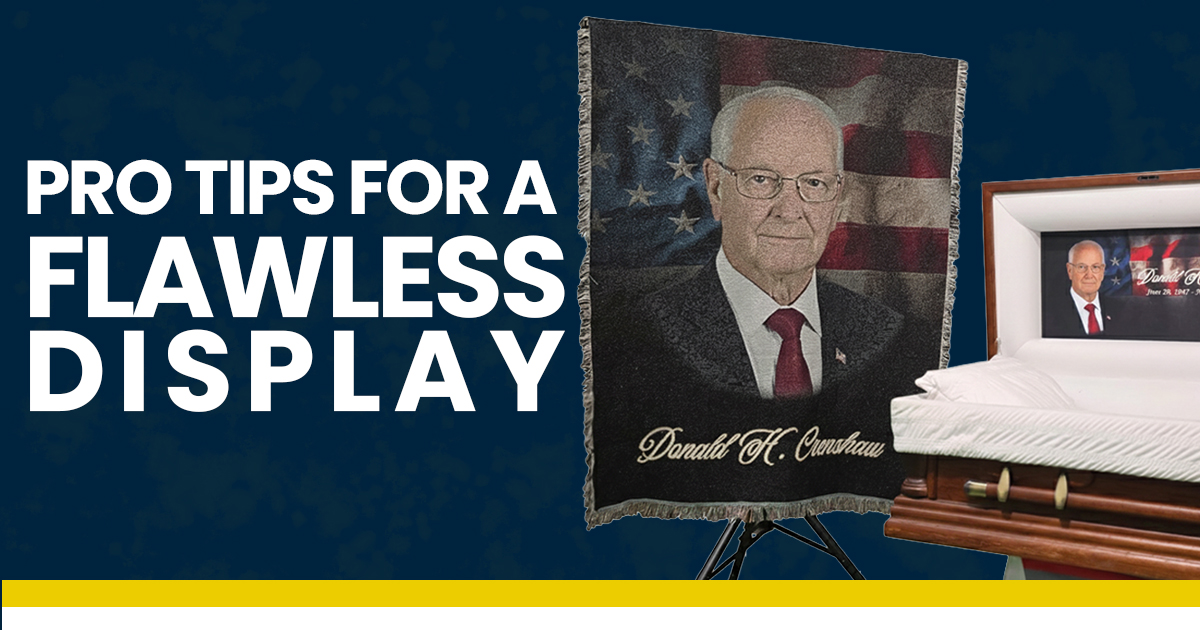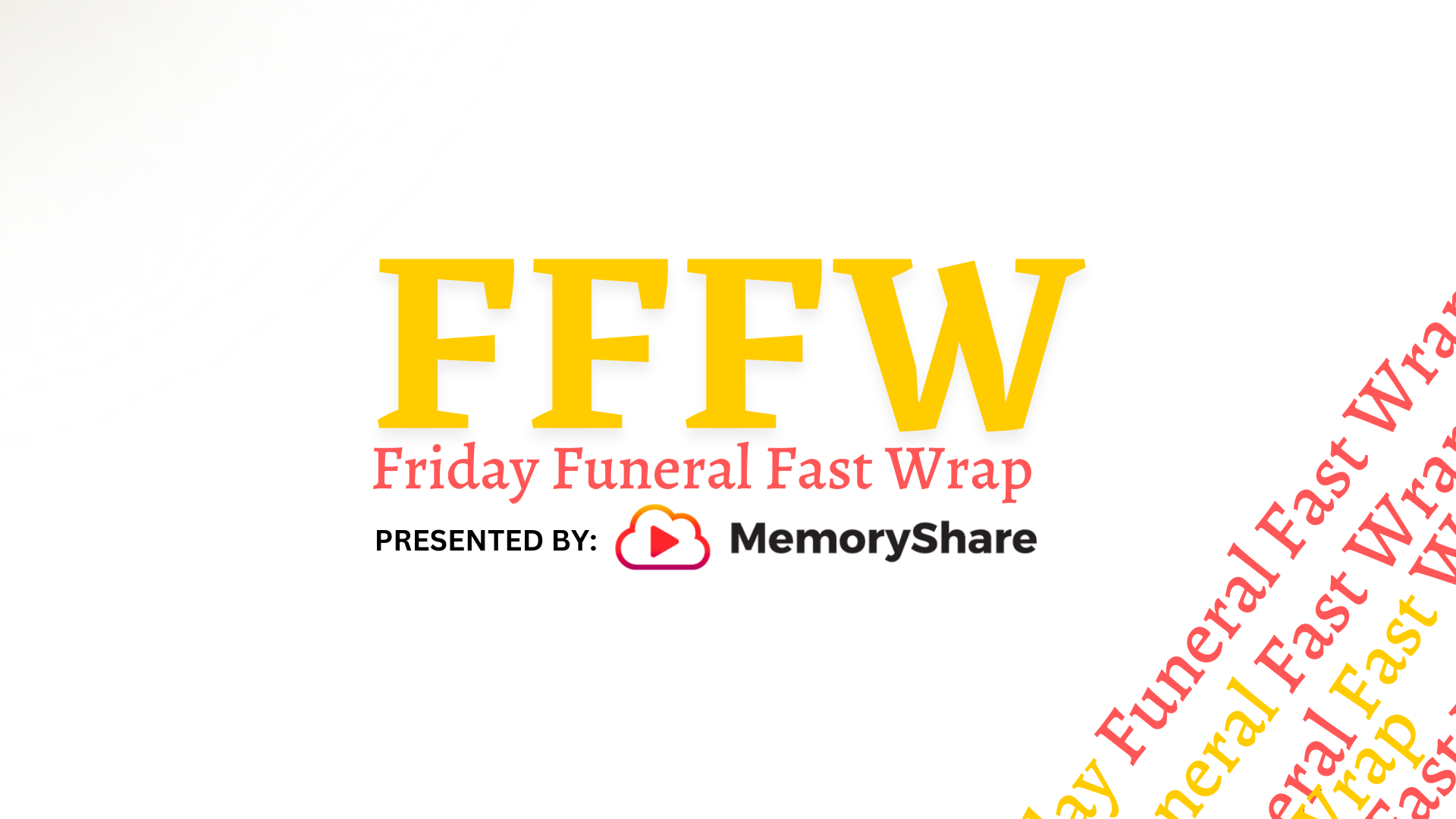Cardboard Coffins in Eco-Funerals Show Industry Getting GreenerCardboard Coffins in Eco-Funerals Show Industry Getting Greener
 Respect for the environment these days doesn?t stop at death?s door. Toxic chemicals, metal caskets and concrete vaults, traditional tools of the burial trade, are giving way to options for going green even in death. The Parks and Wildlife Department in Texas plans to become the first government agency in the U.S. to let families lay cremated remains in protected forests for a fee to help the state buy more land for conservation.
Respect for the environment these days doesn?t stop at death?s door. Toxic chemicals, metal caskets and concrete vaults, traditional tools of the burial trade, are giving way to options for going green even in death. The Parks and Wildlife Department in Texas plans to become the first government agency in the U.S. to let families lay cremated remains in protected forests for a fee to help the state buy more land for conservation.
Texas will cater to people concerned about environmental impacts of the ?death-care industry,? Ted Hollingsworth, the agency?s director of land conservation, said in an interview.
?If tens of thousands of people want to take advantage of this opportunity annually, it could easily double the rate at which we?re adding lands to state parks,? Hollingsworth said.
The $12 billion-a-year U.S. funeral industry will need a makeover to meet new demand for back-to-Earth burials and low- energy, low-emission cremations. Customers are now curious about products from biodegradable embalming fluid to caskets made of recycled cardboard, said Joe Sehee, executive director of the Green Burial Council of Santa Fe, New Mexico, a promoter of green-funeral standards.
Consumers are forcing changes on the industry, Sehee said. He expects to have advised cemetery and funeral associations on eco-burials in more than half of the 50 U.S. states by year-end.
?A year ago we had a dozen providers in our network,? Sehee said in an interview. ?We have more than 300 now. What?s changed in a year is people see this as an opportunity.?
Formaldehyde-Free
Green burials aim to return the body to the earth quickly, leaving little impact on the environment, said Mary Woodsen, head of the board of trustees at Greensprings Natural Cemetery Preserve, in Newfield, N.Y. Preparations may include a cotton shroud to wrap the body and a casket-free burial.
Champion Company of Springfield, Ohio, will introduce a non-toxic biodegradable embalming fluid this month that provides ?reasonable temporary preservation,? said James Bedino, head of research and development. The product, Enigma, challenges the industry?s use of toxic formaldehyde, steel caskets and concrete vaults, all meant to prevent decay.
?There are millions of tons of concrete buried in cemeteries across the U.S.,? Bedino said. ?Is that really necessary or is it kind of a contrived situation?? Champion sells products to a third of the 22,000 U.S. funeral homes.
Buried in Cardboard
Cremation, already seen as a more environmental option than a traditional burial, is getting even greener, said Paul Rahill, president of the cremation division of Matthews International Corp., a casket supplier. Pittsburgh-based Matthews this summer will introduce its newest model of a recycled cardboard casket.
The product avoids the use of virgin hardwood, weighs half as much as a wood casket and costs 75 percent less. Cremations in the U.S., which account for 37 percent of burials, are rising by 1 percent a year, Rahill said.
?Their choices have been pretty limited in the past,? Rahill said in an interview. ?I can do a cherry paper veneer that looks almost like a cherry hardwood casket.?
Matthews has also developed computer-controlled heat sensors that make cremation furnaces up to 40 percent more energy-efficient. The company later this year plans to install the first bio-cremation system in the U.S. that will use hot water, pressure and an alkali chemical instead of combustion.
Resting at Sea
People can also improve the ocean in death. For $2,699 to $3,999, Fort Lauderdale-based Neptune Memorial Reef places cremated remains in columns, lintels and sculptures in a man- made reef about three miles off Key Biscayne near Miami. Prices depend on whether ashes are placed in ?premium? or ?standard? locations 40 feet below the surface.
The reef, built to withstand a Category Five hurricane, may someday hold the remains of 120,000 people, reducing land used for burial plots while promoting coral growth and marine life, according to Stephen Ziadie, chief operating officer.
?One of our biggest markets is what we call ?mantle people,?? Ziadie said in an interview. ?Cremated remains that are sitting on the mantle with loved ones. They may be there for years. The family may be looking for closure.?
Texas officials are completing a contract with the Green Burial Council to let funeral directors charge a fee for scattering cremated remains in state parks. Part of the revenue will help Texas buy land for conservation.
Green burials represent a small but growing portion of the $12 billion spent annually in the U.S. on funeral and burial services, said Jessica Koth, spokeswoman for the National Funeral Directors Association. In a 2007 survey by AARP, the Washington-based advocacy group for people 50 and older, 21 percent said they were interested in green burials. That number jumped to 43 percent in a 2008 survey, Sehee said.
?Worm Food?
Some 2.4 million people died last year in the U.S., and almost 57 million worldwide, according to the Washington-based Population Reference Bureau, which collects data on population and health.
While the average U.S. funeral costs $5,000 to $6,000, options can push the bill over $10,000, according to Genevieve Keeney, a funeral home operator and director of the National Museum of Funeral History in Houston.
In upstate New York, burial plots at Greensprings are 30 square feet, larger than a conventional plot, and cost $750, about 50 percent more, Woodsen said.
The cemetery doesn?t permit vaults, which can add $400 to a funeral. Greensprings also won?t accept bodies that have been embalmed, which will cost $500 to $1,000.
While green burials are generally less expensive than traditional services, concerns remain about physical protection.
People ?don?t want to be worm food if you know what I mean,? Keeney said an interview. ?It?s something that they?re fearful of in life that they don?t want to experience in death.?
To contact the reporter on this story: Jim Efstathiou Jr. in New York at jefstathiou@bloomberg.net
Article Featured on Bloomberg.net



